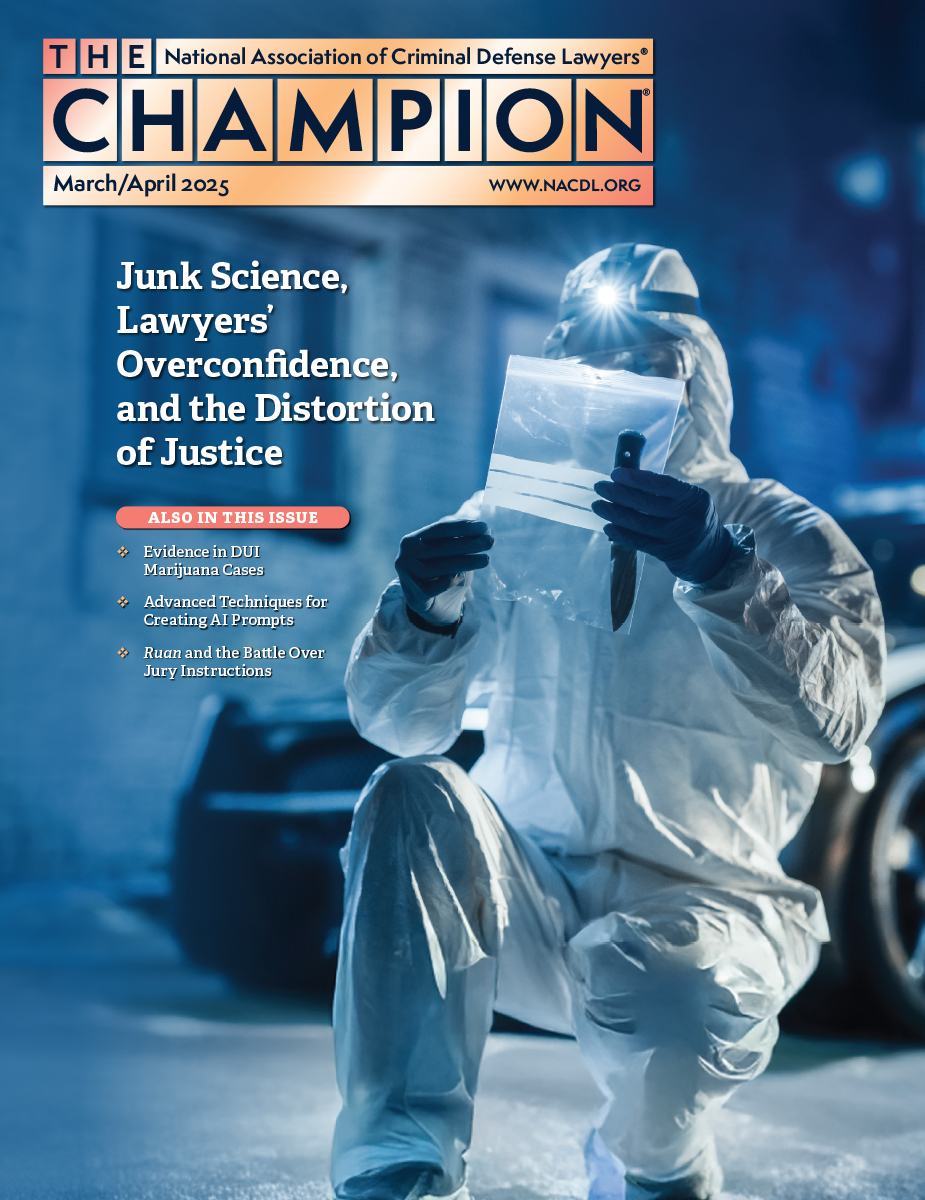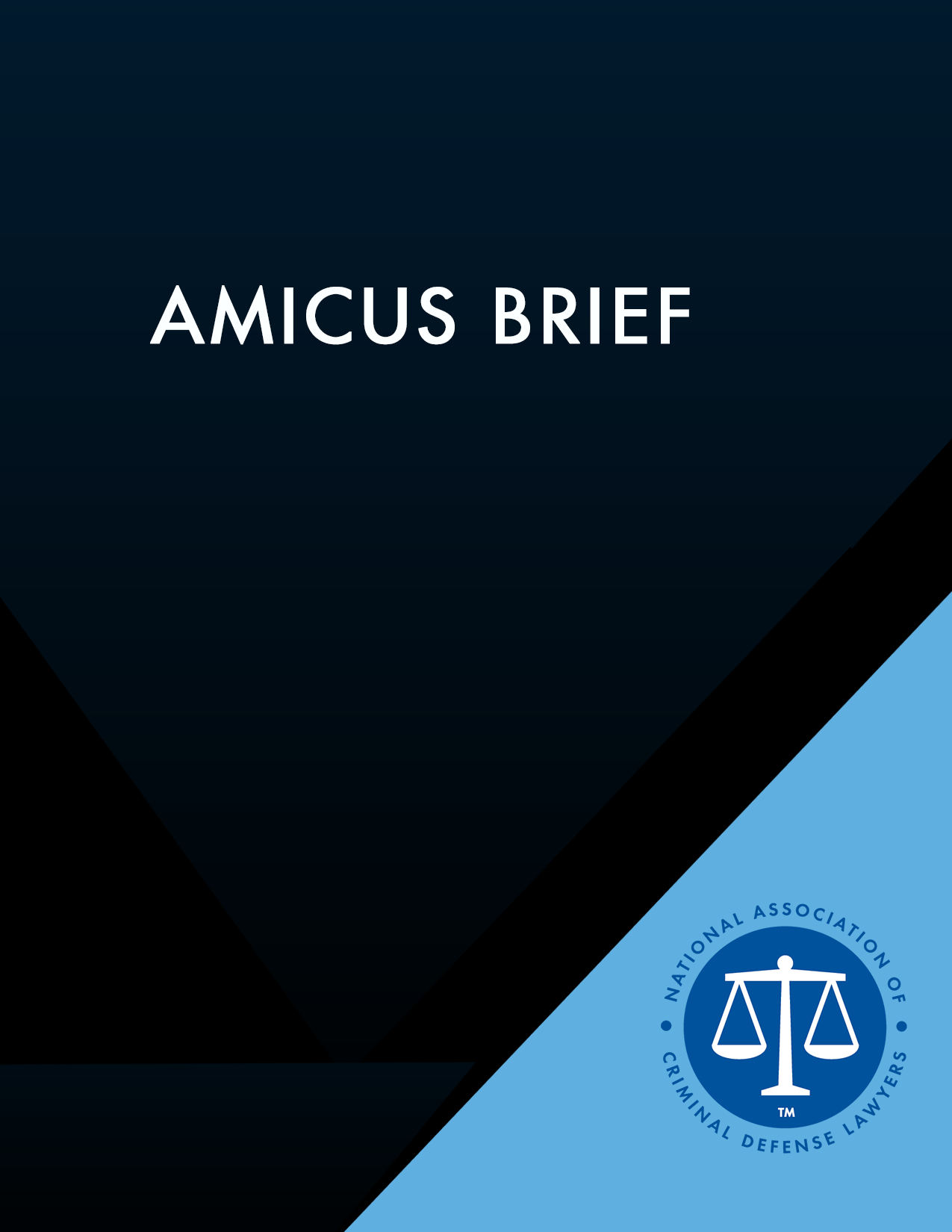State Information
Proportionality Litigation presented by Prof. Douglas Berman and Stephen Hardwick
This resource has been made possible by generous support from the Foundation for Criminal Justice and the Ford Foundation. It was inspired in part by the Supreme Court’s recent landmark constitutional decisions in Graham v. Florida, 130 S. Ct. 2011 (May 17, 2010), and Miller v. Alabama, 132 S. Ct. 2455 (June 25, 2012), which pronounced new Eighth Amendment limits on when and how states can impose life without parole (“LWOP”) prison terms on juvenile offenders. The doctrinal lines drawn (and not drawn) in these decisions raise an array of policy questions and practical challenges: the full meaning and impact of the Supreme Court’s new Eighth Amendment jurisprudence for juvenile offenders is sure to be litigated with varied results in various jurisdictions in the months and years ahead. The sound development of the Eighth Amendment principles set forth in Graham and Miller, as well as the potential extension of those principles by state lawmakers and courts, can and should be aided considerably by a clearinghouse of information concerning state-level jurisprudence regarding the Eighth Amendment and analogous state constitutional and statutory provisions. This resource aspires to serve as part of an on-going NACDL project seeking to provide such a clearinghouse and related resources to assist litigants, judges and policy-makers.
The state profiles and related materials, which were prepared by recent law school graduates under the supervision of Professor Douglas A. Berman, provide a detailed snapshot of existing proportionality doctrines and jurisprudence as of fall 2012. Unsurprisingly in the wake of Graham and Miller, there has been a significant increase in state-level litigation concerning lengthy prison terms, especially for juvenile offenders. The expectation is to have Professor Berman, in conjunction with the pro bono efforts other lawyers and aided especially by NACDL members and others who utilize this resource, revise and update these profiles regularly.
The profiles and charts are intended as a resource for practitioners in all phases of the criminal justice system, for sentencing and appellate courts, for policymakers and advocates concerned with the high economic and human costs of excessively long terms of imprisonment, and for defendants facing or serving extreme prison terms. The Supreme Court has repeatedly stressed that the Eighth Amendment’s “scope is not static [but] must draw its meaning from the evolving standards of decency that mark the progress of a maturing society,” Trop v. Dulles, 356 U.S. 86, 101 (1958); state-level doctrinal and jurisprudential developments have thus always had heightened federal constitutional significance in this area of law. Moreover, state policy-makers and state jurists have long understood that the Eighth Amendment sets only a minimum constitutional floor limiting only the most extreme punishment policies and practices: state lawmakers and judges can and should feel not merely free, but institutionally obliged, to consider developing their own distinct legal limits on unduly harsh sentencing terms based on distinct state-level requirements and needs. The profiles posted here demonstrate that, even though there is some notable convergence in state-level proportionality doctrines, there are also some important variations and innovations concerning how states seek to protect its citizens from extreme or excessive criminal punishments.
The information in the profiles is solely for educational and informational purposes, and does not constitute legal advice. While every effort has been made to ensure its accuracy and currency, the law in this area is complex, voluminous, and constantly changing. Therefore, users are cautioned to research and verify the information independently at an official source. Nor does the interpretation of particular laws and rules on this website represent the official view of the National Association of Criminal Defense Lawyers. A date at the top of each profile and chart indicates the last time it was revised.
Comments and contributions are warmly welcomed by the primary academic supervisor of this resource, Professor Douglas A. Berman of The Ohio State University Moritz College of Law. Professor Berman intends to update these materials regularly as developments in the law warrant and new information becomes available.







